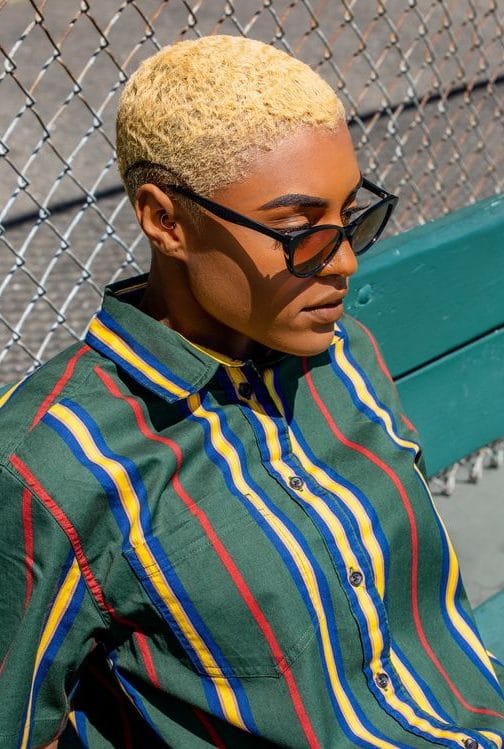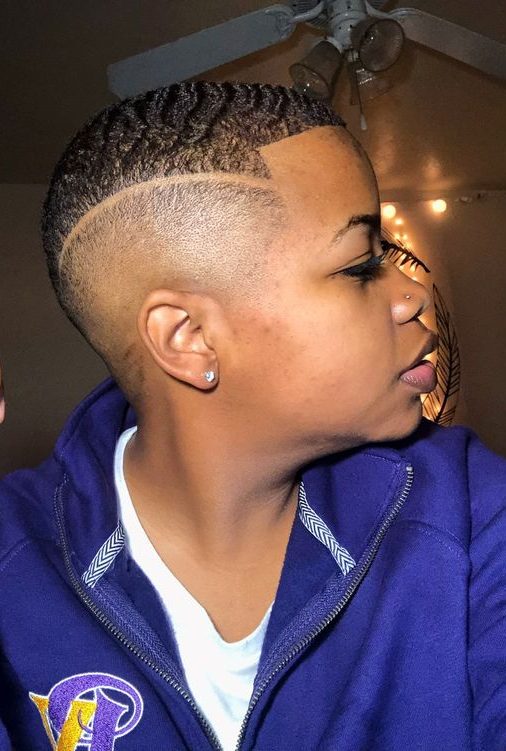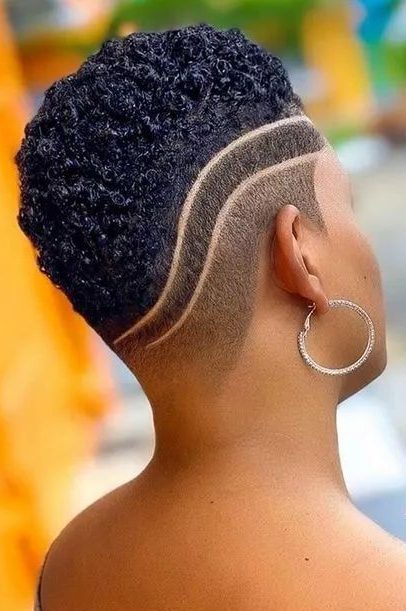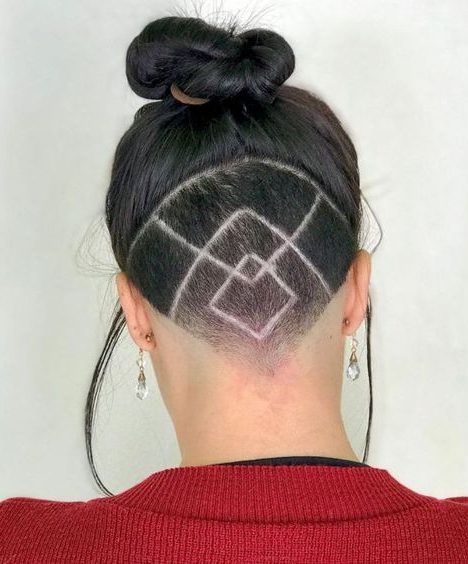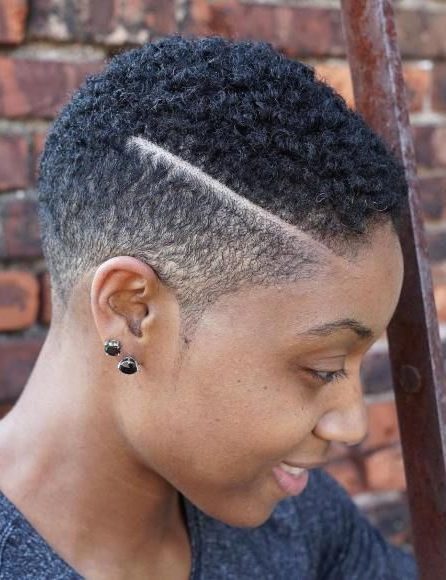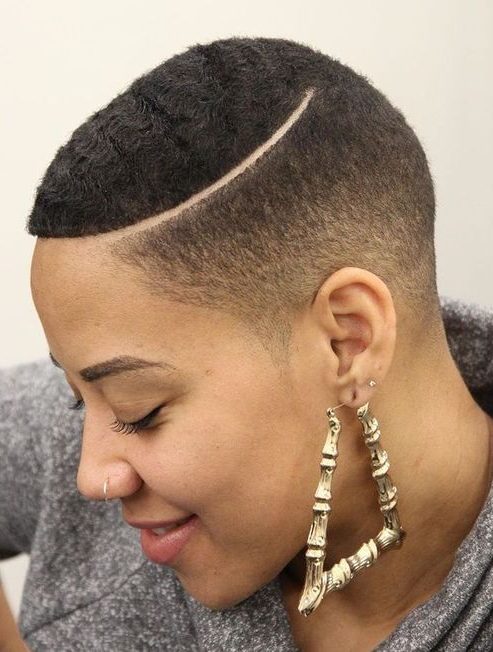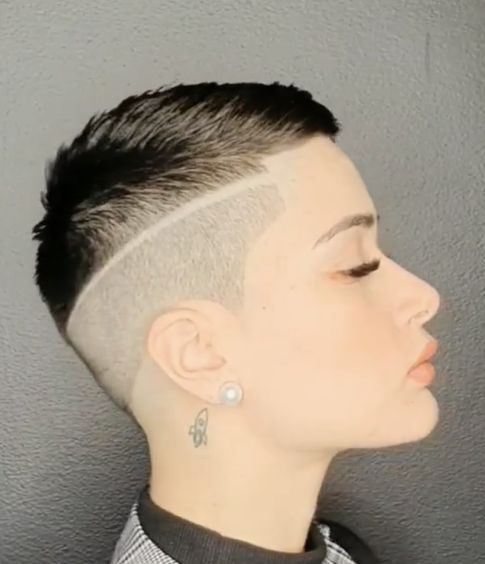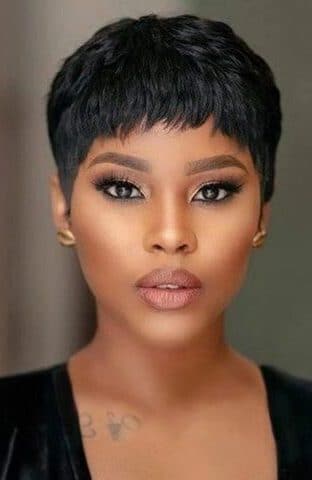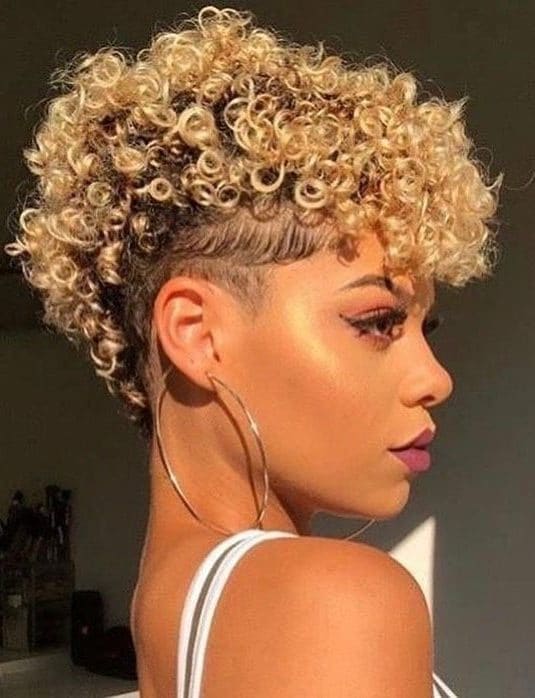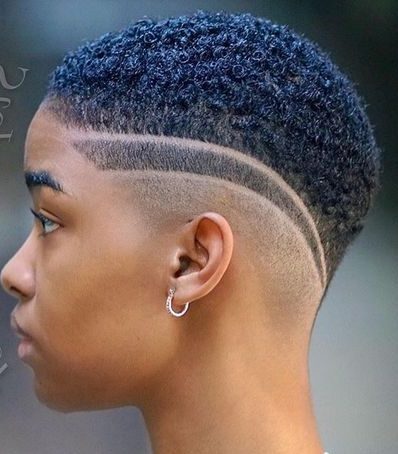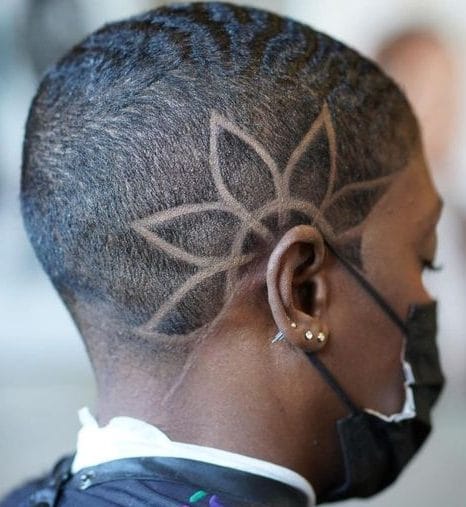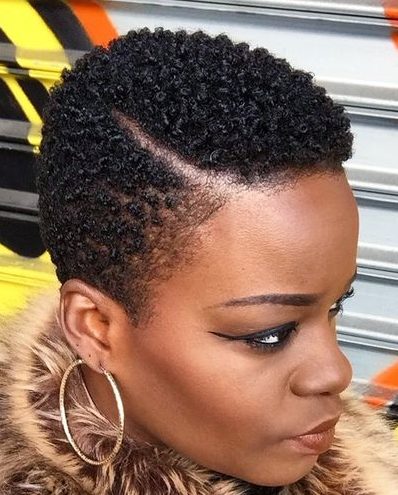Tapered haircuts like high fade have longer strands at the crown and shorter ones at the back and sides. Low fade tends to lose length more abruptly, with little or no hair on the sides and back of the head. Sometimes stylists combine both elements into one haircut, which is then called fade and fade.
The tall cone fashion was popular in the late twentieth century. And today, this haircut is experiencing its resurrection. It’s top and side strands are not very short, so the haircut belongs to the category of long tapers.
As you can see, the sides of this hairstyle are colored red. This haircut is trendy among young girls. If you are one of those women who would like a short haircut but not too shaved, then an asymmetrical option is a great solution. The hairstyle is calm but full of movement. This hairstyle is often chosen for its femininity.
On beauties with curly hair, the fade hairstyle looks gorgeous. Thanks to the short sides and back of the head, you don’t need much effort to create a stylish style. To give this hairstyle a trendy shade, darken the roots, gradually moving towards the lighter ends.
Now you know the difference between the different types of tapered fade haircuts. Do not forget to write in the comments which one you liked the most. If you liked the article, save it to yourself and share it with your friends!
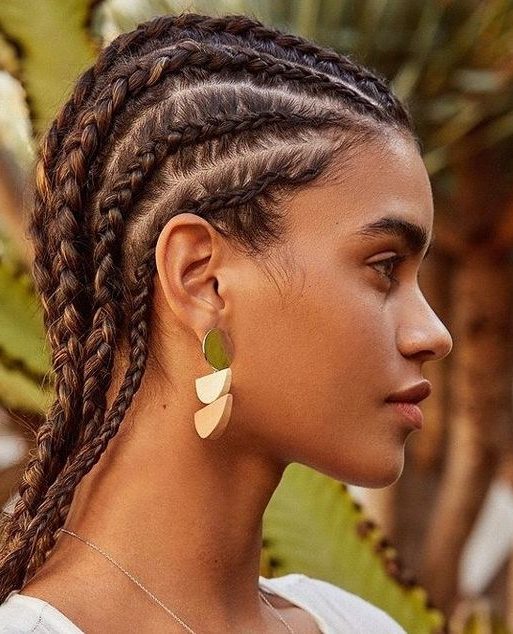
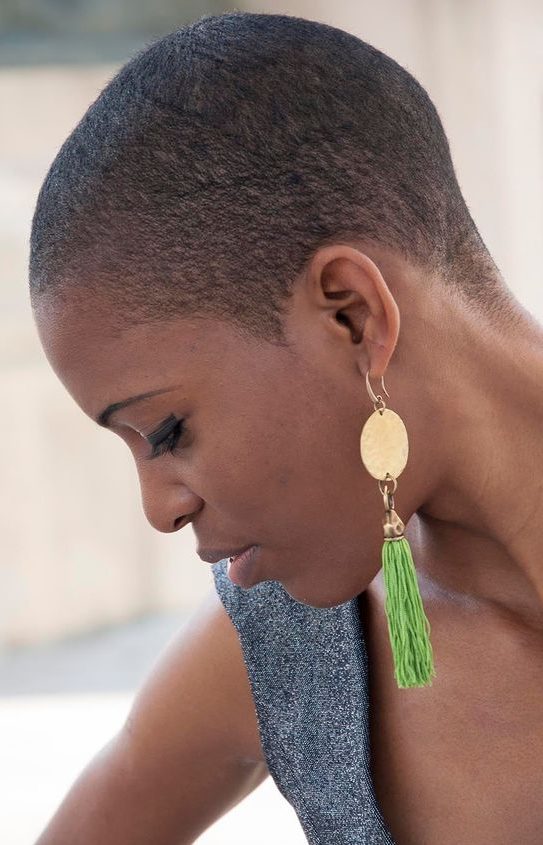
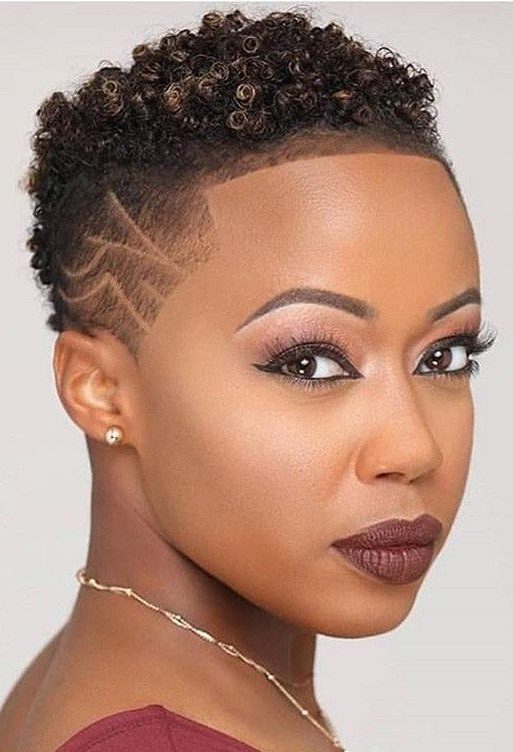
Ultra short haircuts are often chosen today by women who are not afraid to appear cocky, feminine, and super stylish. Today we will talk about the fade haircut and its design.
There are many variations of this haircut, but high and low fades are especially common. A short fade haircut involves a fuzzy transition from concise hair to a more extended crown and is a type of tapered haircut. For the occipital and lateral parts, artisans often use a razor.

